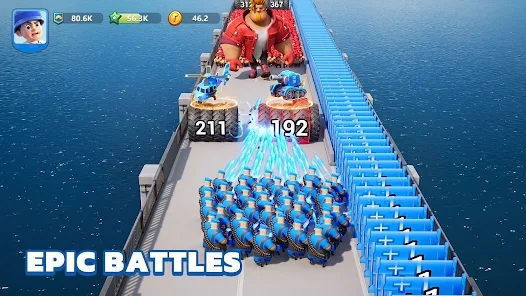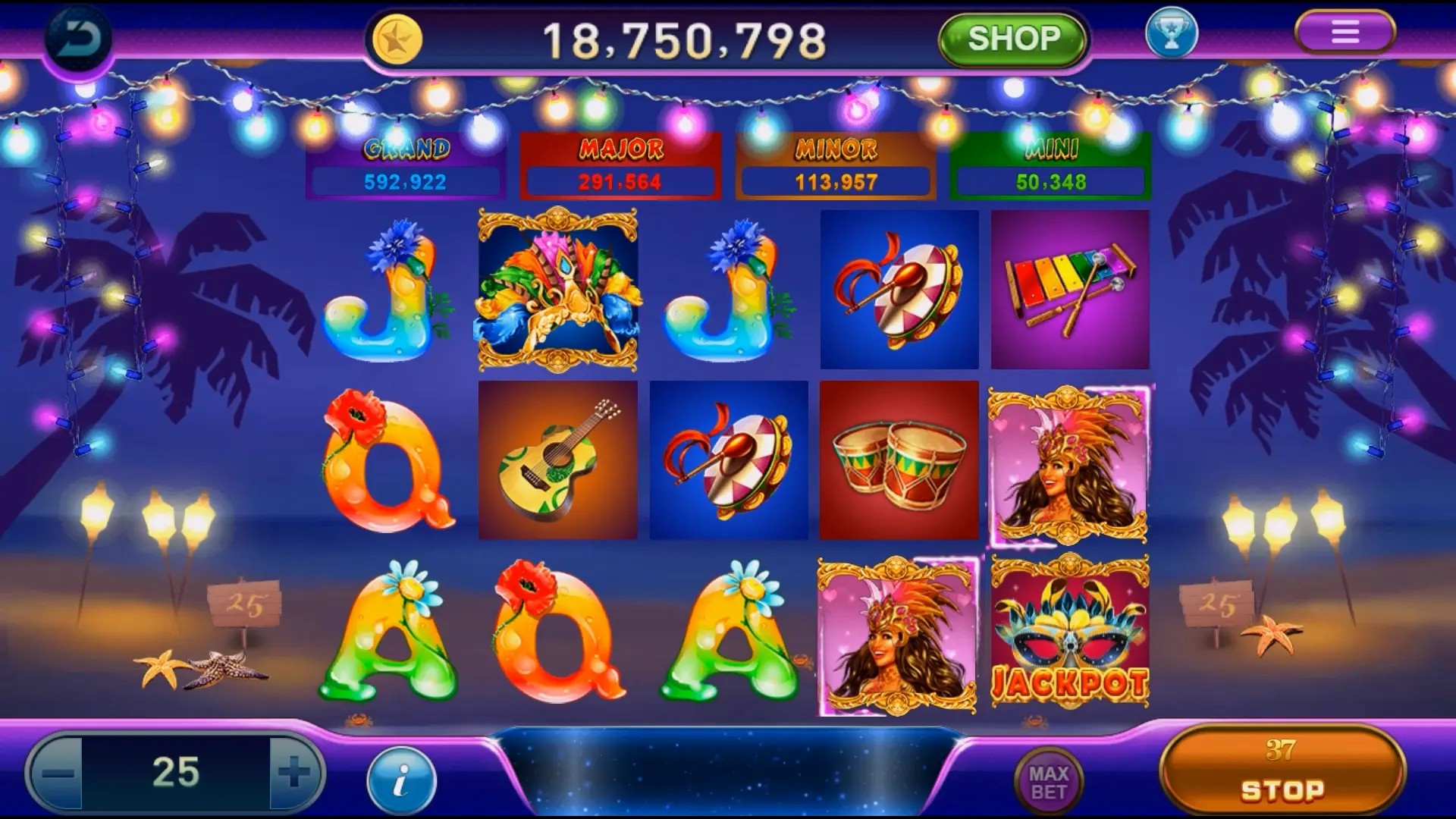The Evolution of Gaming Through Multiplayer Experiences
From the clunky pixels and blocky shapes to immersive, real-time experiences, gaming has evolved into a medium for connection like never before. Among the trends driving these connections today? A fascinating intersection between hyper-casual gameplay and social interactions through multiplayer games.
Multiplayer games are no longer just for diehard gamers hunched over controllers. Today, players who've never touched a Boss Key in Dark Souls or cleared level 87 in a puzzle title are logging on, grabbing invites, and having just as much fun – especially with titles rooted in casual formats like those seen in classics like the now-vanishing board game kingdom phenomenon.
| Type of Game | Target Players | Social Aspect | Game Example | Mono-Device Friendly? |
|---|---|---|---|---|
| Single-player Solo RPG Master Game | Persistent solo learners | Very minimal or non-existent interaction outside forums | Tales of Ardrae | ✅ |
| Multiplayer (Casual) | Crowd that includes both veteran & new users | F2P matchmaking built around sessions, chats voice |
Egglord | 🔄 Limited |
| Tabletop Board-based Digital Games (Hybrid) Like Kingdom Series | Causal groups / Families | In person + asynchronous play online | DiceQuesters App | ✅ |
The Resurgence of Simple Fun via Hyper-Casual Titles

Gone are those long loading screens that left you scrolling Instagram for distraction.
Health bar? No. Cutscene after cutscene detailing lore nobody cared about? Nope.
Instead: quick starts, simple goals, bite-size rewards… And maybe one round turns into five. Suddenly it's two in the morning. You're smiling. You've barely blinked this whole hour — because you were too busy winning at hyper-casual multiplayer games, of course. 🙄
Titles like these tap into that 'one-more-try' vibe better than a sugar-high middle school kid chasing his dog. And here's where it gets interesting.
- The barrier for entry is super low: Tap to run obstacle races! Dodge paintballs fired by real humans! Spin and dodge falling objects together until laughter drowns your voice chat!
- No heavy tutorials, no grinding experience curves—but enough depth to let the strategy bugs find what they need. There’s beauty in brevity when building stickiness.
From Boardroom Meetings to Board Games Gone Viral
You remember board game Kingdom-style releases, right?
The physical version would get dug up at every family reunion under the sun; the sequel app? That’s now the third favorite screen time activity on Grandma's iPad next only to WhatsApp and bird watching documentaries (no joke - ask someone from Taji-Kstan 😉). But the reason? It was social first, competitive later — not unlike many modern multiplayer games hitting steam on mobile phones across continents.
Imagine this scenario...
You finish work late — maybe a long shift teaching tech skills,
Then instead of doomscrolling through TikTok trash posts
Your best bud slides into your DMs with:
"Hey bro... I challenge you to beat my high score in PufflePop Battle Arena!"
You're suddenly wide awake...
Romance isn’t dead when a group of friends can laugh through a match filled with chaos while dodging banana peel projectiles shot live by their cousin-in-Tel-Aviv via a shaky Internet connection in 2009-era dial tone speeds. ❤️🔥
Key points so far 🔑:
➝ Casualness is now the catalyst for retention
➡️ Multiplayer loops create engagement that beats traditional singleplay loops ten times over
Beyond The Matchmaking: Design Meets Discovery
New designers are borrowing pages outta multiple notebooks — think UI tricks borrowed from old dungeon crawler rpgs (yes even 'solo rpg master game' archetypes are getting a second look by studios trying for hybrid models) and packaging them with friend-first hooks.
- #1 Rule? No waiting rooms. Start instantly or skip to the action
- #2 Rule? Let friends influence the ruleset midgame – imagine turning the weather mechanic into snowstorm rounds or activating zombie mode for all!
What Does This Trend Really Mean for Developers
Developers shouldn't sleep on the power of peer dynamics. Friends inviting each other leads to exponential growth, which explains the success stories in this sector over platforms where players rarely reach their second game session. Not all hits come dressed with complex mechanics; many of these titles lean towards light mechanics yet still deliver unforgettable shared moments.
---The Future Lies in Cross-Play and Asynchronicity
Think ahead. Mobile vs consoles used to mean platform exclusivity. Not anymore! The new generation wants friction-free play, regardless of device brand loyalty or network latency in certain Central Asian nations 🇹🇯
If you can challenge a friend from Kyrgyzstan while sitting in Dushanbe on an old Xiaomi phone running Android Oreo — well... that's progress. Especially considering we’re in a time when even AWS regions take longer to spin up cloud servers for indie projects than it would be practical for small dev teams to maintain a stable lobby system across Eurasia.
Wrapping It Up
- If you’re building toward multiplayer dominance: start hyper-casual. End with memories.
- If you're a player seeking something chill with fire vibes underneath its veneer: give those tiny apps a whirl – some have hidden depths.
- Social layers don't add complexity—they create belonging, whether with cards thrown online, paint splats tossed by real players halfway across the globe or pixelized avatars dancing after an unlikely win.



